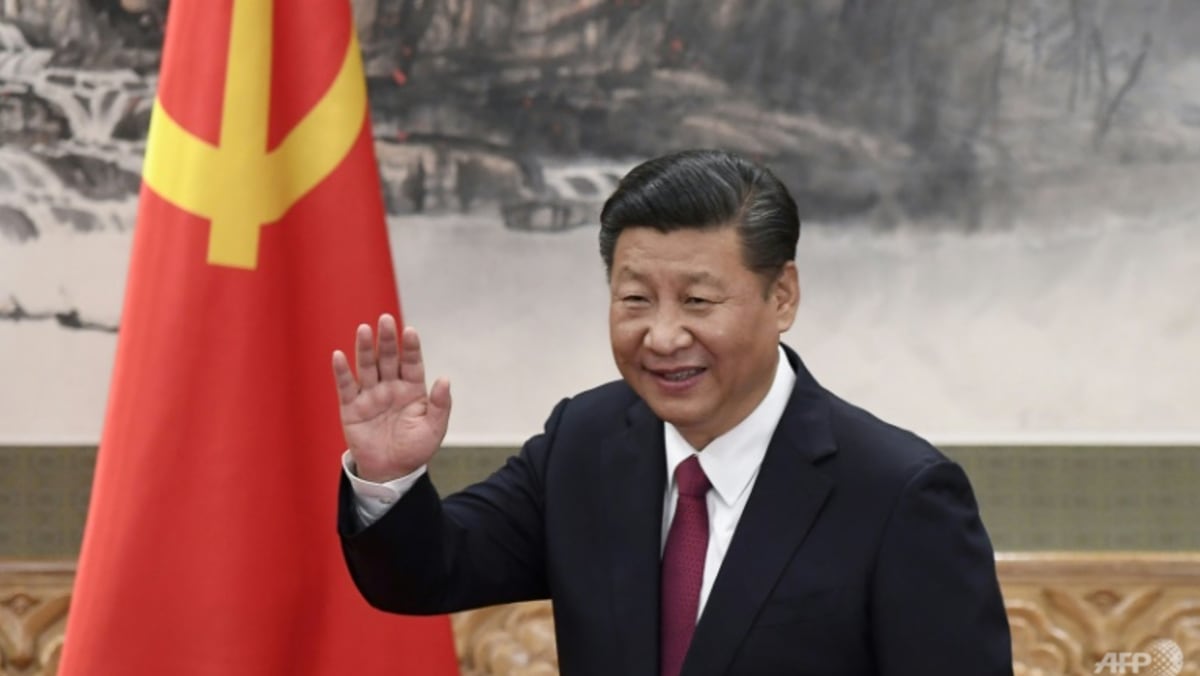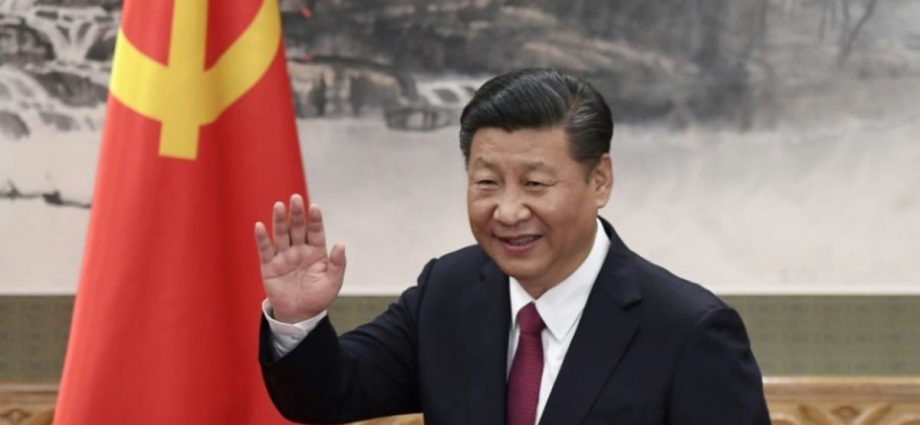
Growth in potential GDP has continued to rely on capital. That cannot go on forever because returns on capital have been declining, when funds have mainly been funnelled into infrastructure and housing, and less in the private sector. So more and more investment would be needed to get the same growth.
Moreover, the debt with which those investments were partially financed has grown faster than GDP. China’s debt now stands at 300 per cent of GDP, which is very high for its level of development.
On the demand side, investment and exports have been relied on too heavily as growth drivers. Consumer demand only contributes less than 40 per cent of GDP, barely 3 percentage points more than decade ago.
ECONOMIC PRIORITIES HAVE SHIFTED
These issues have been well known for some time. In 2013, the 18th Central Committee of the CPC laid out ambitious reforms in fiscal, industrial and social policies to catalyse innovation, productivity, and domestic demand. It also said the market would be a “decisive” force in allocating resources.
But since then, priorities have shifted. President Xi Jinping has placed more emphasis on the leading role of the state, national security and stability rather than growth.
Under the banner of common prosperity, authorities have made a xiaokang society – (moderately prosperous society) their social goal, which justifies scrutiny of China’s lucrative tech giants.
Meanwhile, party reforms have centralised decision power in Beijing and reinvigorated party discipline. Enforcer of anti-corruption rules, the Central Disciplinary Inspection, reduced incentives for local officials to make deals with businesses, for instance on land allocation and subsidies, thereby limiting officials’ entrepreneurial activities and policy innovation.

